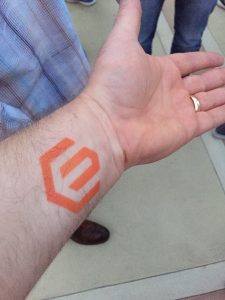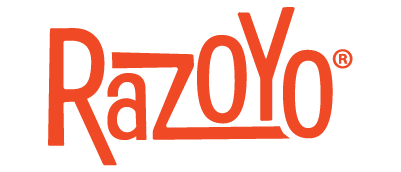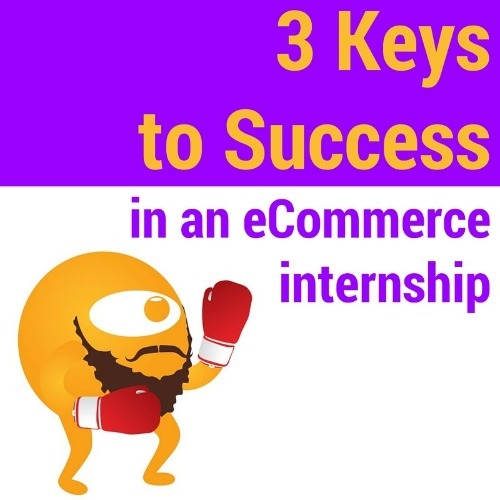MAGENTO IMAGINE 2016 - TOP LESSONS FOR MERCHANTS
April 15, 2016 by Paul Byrne

If you work on Magento and have never been to the Magento Imagine conference, you’re missing out. There’s a really strong community feel to the whole thing with developers, merchants, technology providers (hosting, services, etc.) and the Magento staff getting together to share ideas, solve common problems and get up to speed on what everyone else is doing.
Where/What/Why Magento Imagine?

For the past two years, Magento has opted to hold it at the Wynn hotel in Las Vegas (they’ve announced that will continue for Imagine 2017 - I’ll be there).
The conference consists of four types of formal activities:
- General sessions where important announcements are made, and keynote speakers from the Magento world and world of business in general speak. This year, Magic Johnson was one of the keynotes. Last year, Steve Wynn gave a keynote speech.
- Breakout sessions are classroom-like sessions on a variety of topics. The Imagine conference organizers have categorized them into ‘tracks’ for Merchants, Developers, Designers and Business People. I try to attend some of each and am always surprised how much I learn from the sessions that are a little far afield for me.
- The marketplace is where sponsors have booths and network or pitch their services to those in attendance. Some of my best conversations and ideas have come from talking to these folks. With the world of online commerce moving so quickly, it’s exciting to see these providers always pitching the latest thing. At the very least, I come away with an understanding of the latest buzz words.
- Both Magento and sponsors organize networking events to provide opportunities to relax and talk. The Magento crowd seems to like to drink… a lot.
Top Lessons from Magento Imagine 2016
Honestly, attending the conference is a bit like drinking from a fire hose. Rather than overwhelm you, I’m just going to touch base on a few that really stood out to me. If you want more details on all of the breakout sessions, turn to the Magento Imagine web site.
1. You need to think like a designer
The Design Thinking session, presented by the Magento Design team, walked us through the thinking process for design. In the session, they walked us through the phases of Design Thinking. Although I’m not a trained designer, I found this helped me understand our own process better and where opportunities to improve it lie. Fantastic session.
2. Add to Cart is a bottle neck (in B2B sites)
While I’d arrived at this conclusion from our work on B2B sites, I’d never framed it in these terms. This insight came from Brandon Falkowski of Gravity Department’s session. I had never heard him speak about anything besides responsive design before, but he knocked it out of the park.
If you’re not familiar with Brandon’s work, you should be. He’s a strong transversal thinker and gifted, prolific writer in the design world in general and the Magento / eCommerce world specifically.
3. Focus on the minimum viable product
This is one of the mantras of the Agile development philosophy. However, Classy Llama’s Rob Tull gave a fantastic overview of Agile which gave me a chance to reflect on our own Agile process. Classy Llama has always been a driver of innovation in the Magento arena and a company we respect here at Razoyo. With that in mind, it was good to see that we share not only some common practices and philosophies, but, some common challenges as well. Remember, the MVP is your friend!
4. Design patterns
So, the Magento 2 team not only uses design patterns in the admin interface, but, they have graciously catalogued and shared them with the world. I’m not going to say that we’ll probably copy some of their work, but, we’ll probably copy some of their work. Even if you don’t care about using Magento 2 admin design patterns, you should consider perusing the content. If nothing else, it is an excellent example of design pattern organization.
Explore with AI:
These links open AI platforms with pre-written prompts about this page.


